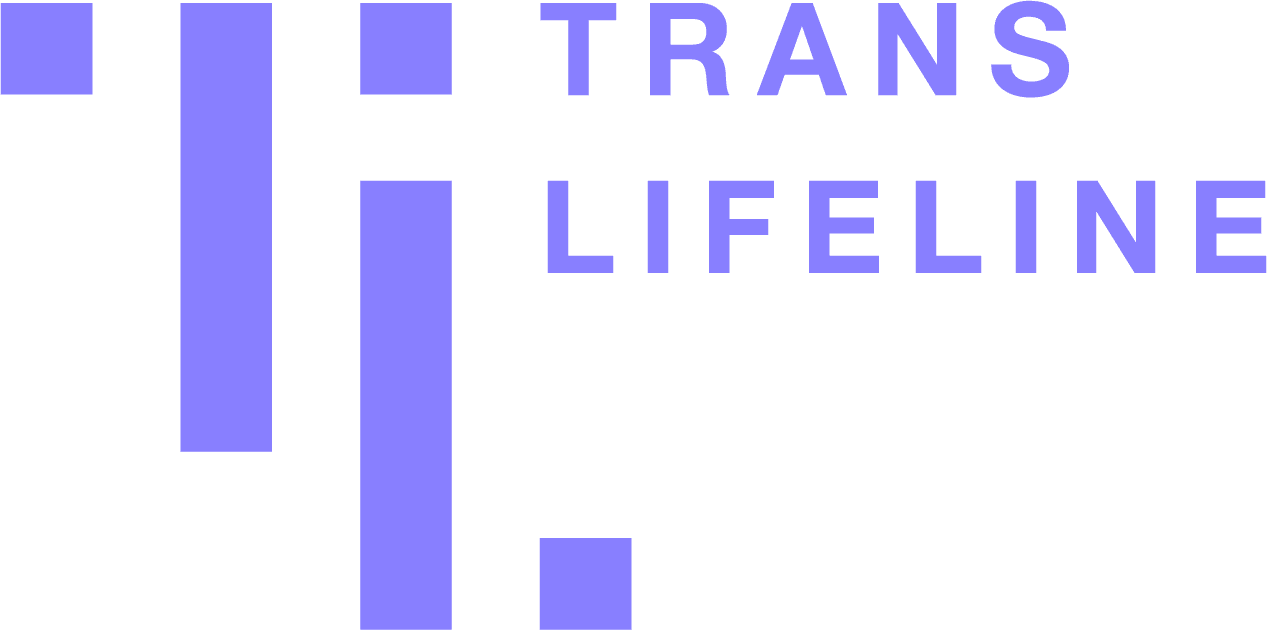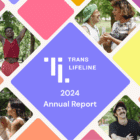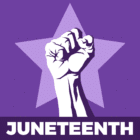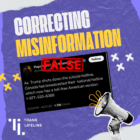Why No Non-consensual Intervention?
6 min. read
“Are you going to call someone if I tell you how I’m feeling?”
That is one of the most common questions we get from callers. One of the most common questions from people who work in crisis intervention and the general public is why our answer is generally “no.” We will only call authorities in three circumstances: if a caller asks us to, if there is a credible threat to a third party, or to comply with laws regarding suspected child abuse and neglect.
Since we launched, Trans Lifeline has abided by three unwavering principles: 1) All our operators must be trans; 2) we believe in the power of peer support from shared lived experience; 3) we do not call emergency services to assist a caller in danger without their request. In these principles, we stand out starkly from many other hotlines and are often asked why it is so important to us to abide by the third.
“How can you save lives if you can’t intervene?”
Active rescue (or non-consensual intervention), or the practice of a crisis hotline choosing to dispatch law enforcement or emergency services to a caller’s location, is a very common occurrence on U.S. suicide hotlines. Operators are often trained on the theory that any caller who mentions suicidal ideation is at risk and requires immediate intervention. While at first glance an understandable blanket policy, non-consensual intervention entails several risks that are made significantly more severe when a caller is trans.
In October 2015, Trans Lifeline surveyed about 800 trans people across the United States regarding their experiences with suicide hotline use. Approximately 70% of the respondents stated that they had never called a suicide hotline. Over half of those respondents specified that they felt unsafe calling a hotline while in crisis. Approximately a quarter of respondents stated they had interacted with law enforcement or emergency personnel due to a crisis call. One in five had been placed on an involuntary psychiatric hold.
Respondents were also asked to rate how comfortable they felt interacting with doctors, nurses, paramedics, firefighters, and police officers on a scale of 1–5 for each. The average response for each profession was under 3, with police officers being the lowest, between 1 and 2. Over and over, we hear from our community—including our volunteers—that one of the main deciding factors in whether they reach out for help is whether or not they will have to deal with non-consensual interventions. Trans Lifeline does not engage in non-consensual intervention because, in our community, this can place our community at increased risk for suicidality.
According to the National Transgender Discrimination Survey, at least a quarter of respondents reported being denied equal treatment, harassed, disrespected, or assaulted in a hospital, and at least one-fifth of respondents reported mistreatment in a mental health setting. Nearly half of respondents reported having been harassed, asked to leave a public space, or assaulted after having to present incongruent identity documents. Well over half of respondents stated that they would not be willing to go to the police for help because of how they would be treated for being trans. Over half of respondents who had interacted with police who knew or suspected that they were trans reported being misgendered, verbally harassed, or physically or sexually assaulted by officers.
In the United States, police training does not tend to prioritize mandatory crisis intervention orientation. These trainings are often optional, limited, and overshadowed by training that encourages disproportionate responses to individuals in mental health crises, including frequent use of force. In simpler terms, forcing any person in crisis to interact with armed police officers poses a risk of that person being harmed or killed. Law enforcement and emergency personnel training on how to respectfully and competently interact with trans people in crisis is functionally nonexistent. The risk of harm or use of deadly force, predictably, increases when the person in crisis is a person of color or disabled. (This statement from Autistic Advocacy speaks to the death of Kayden Clarke, a suicidal trans man, at the hands of police.) For trans people in rural and/or conservative areas, where cultural competency tends to be lower among both the general population and law enforcement, the risks of abuse are even further exacerbated for very poor and homeless trans people. Not surprisingly, these demographics are highly represented among Trans Lifeline callers.
Beyond the risk of harm from law enforcement, non-consensual intervention poses several other risks for our community. Young callers frequently share that they have experienced non-consensual intervention after sharing suicidal ideation with another support line. Many of these young people are not out to their families, and the active rescue effectively makes the decision for them, which can result in abuse, rejection, and on some occasions, sudden and unexpected homelessness.
Hospitalization following intervention can add a layer of risk. Around one-third of trans people (about twice as much as the general population) live below the poverty line. For many callers, being charged for an ambulance or hospital bill can make the difference between survival and being out on the street. Depending on where a caller lives, a history of involuntary commitment can also preclude them from receiving gender-affirming medical treatment (such as surgery) in the future or greatly decrease their chances. In looking at suicidality and risk factors specific to our community, we find that some of the most prominent factors that contribute to ongoing suicidality are alienation, transphobic treatment (especially by people in positions of power, helping professions, or family), perceived burdensomeness, lack of access to material resources, and being barred from medically transitioning or living authentically in one’s affirmed gender. When we compare these factors to the risks posed by non-consensual active rescue, we see that they overlap. In other words, were we to engage in non-consensual active rescue, we could increase the suicidality risk factors for a caller.
Finally, we must consider the impact of non-consensual intervention policies on callers who are not in an immediate crisis. In our experience, peer support is impossible without rapport, trust, and respect for the caller’s agency. Countless callers have told us that they would not be comfortable speaking to us about anything from walking their dog to getting top surgery to coming out to family unless we assured them that we will not call authorities without their consent. Once we give that reassurance, callers can trust us—often enough to share more difficult thoughts too.
Reflexively responding to suicidal ideation by calling in non-consensual intervention creates a culture that amounts to handing off a caller to someone else, which is generally not what callers seek or even what they would benefit from. In our experience, suicidal people are among some of the most resilient people; suicidal ideation usually doesn’t just occur to a person arbitrarily. For many in our community, chronic suicidal ideation is a response to trauma and can be managed. When we validate each other’s feelings, share lived experiences, and speak candidly about crisis and suicidality, we have a higher rate of success than we would if a caller felt their trust violated by non-consensual intervention. At Trans Lifeline, we view people in crisis as human beings with agency and the ability to have a conversation without a need for non-consensual intervention, and we see positive results from that approach.
Many of these results, which are too often ignored in suicide prevention culture, apply to all people—not just trans people. Any person in crisis is likely to experience it due to real, material circumstances, and we see it as our duty to speak to those circumstances from a place of trust and support. Law enforcement can place people at risk, especially callers who are poor, people of color, or living with physical or mental illness. Laying the groundwork for support without the risk of non-consensual intervention can save lives, and ultimately, saving lives is the mission we serve.
